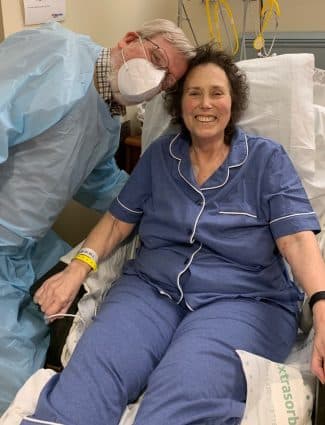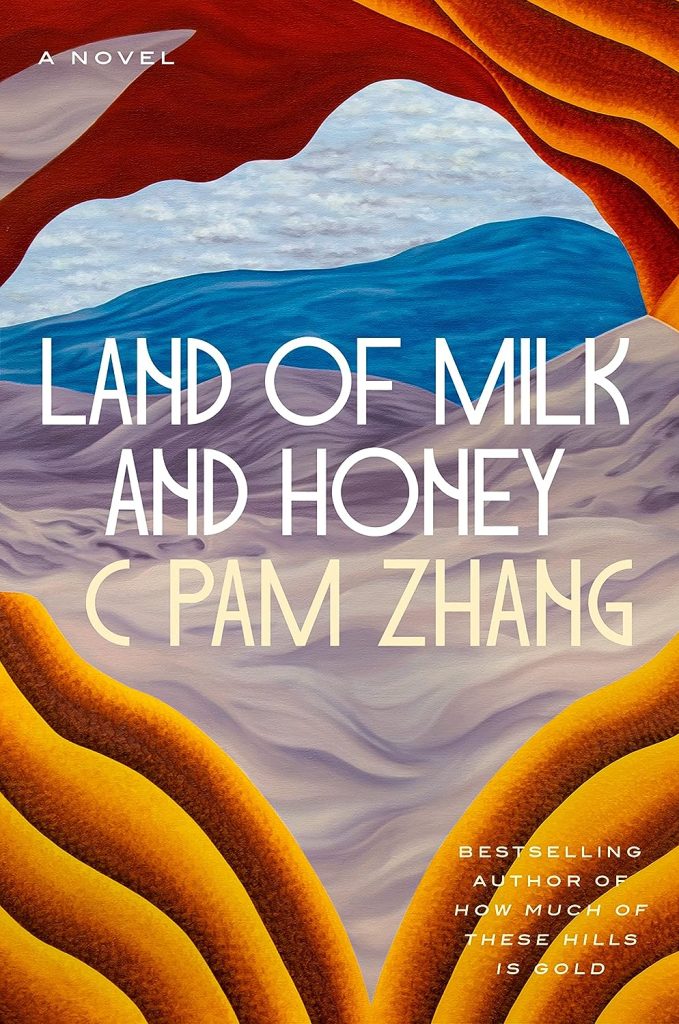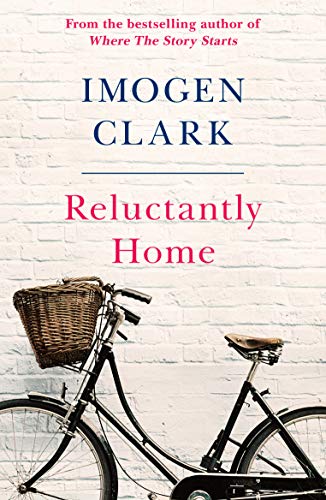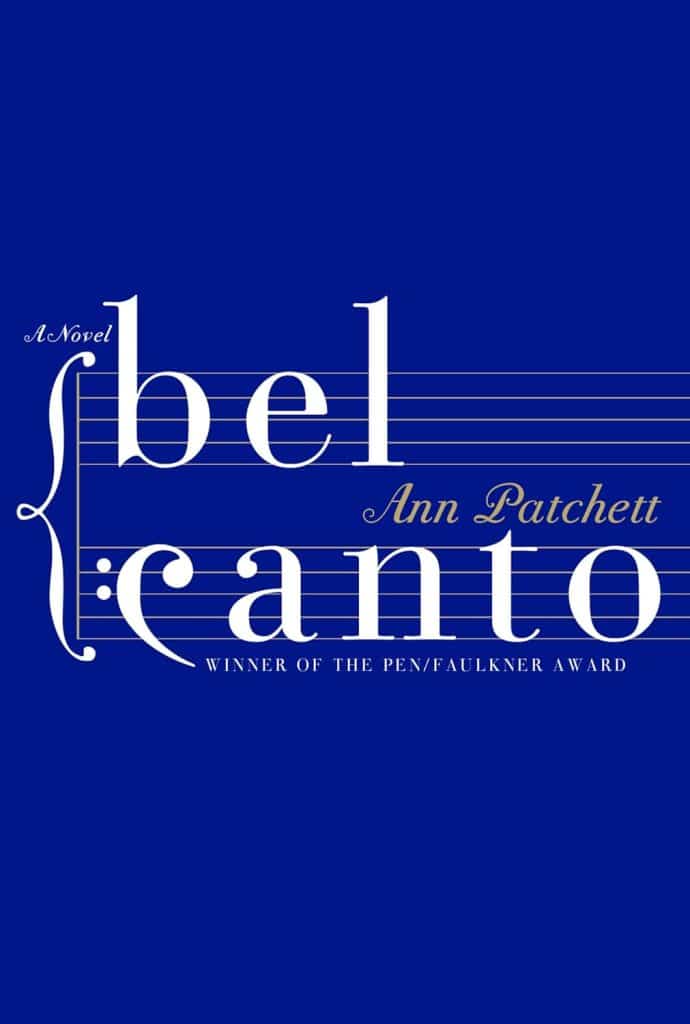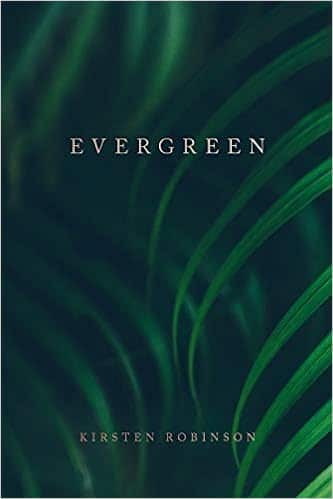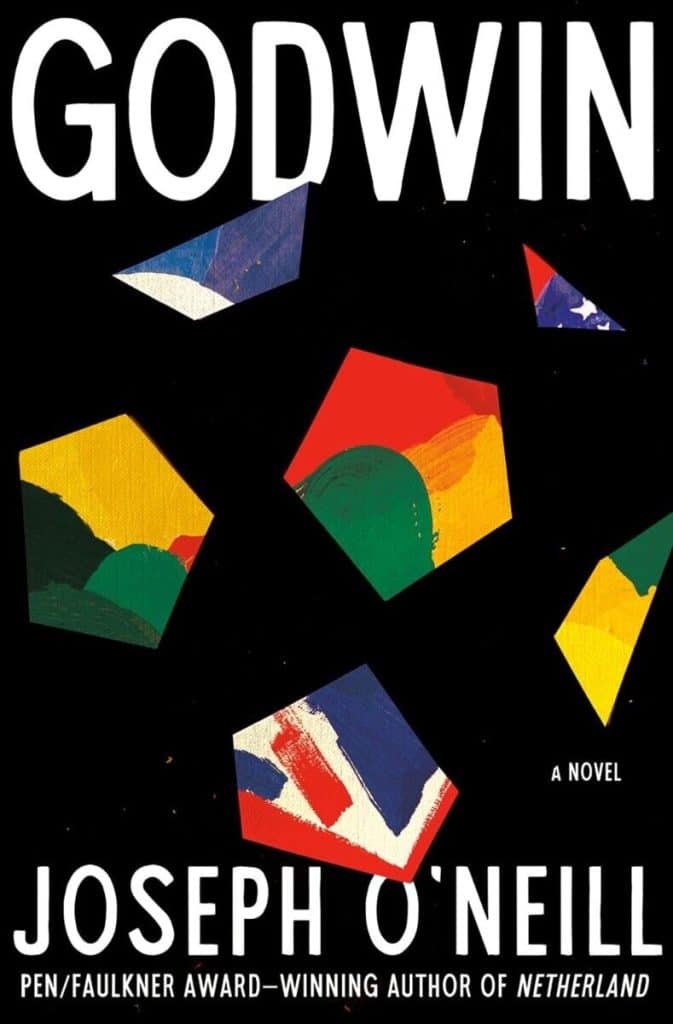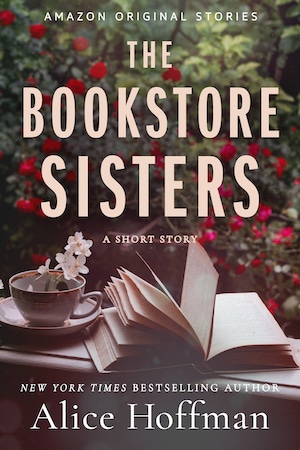
Grief Has Made Me a Better Person
Grief is a Great Teacher and Has Helped Me Discover Who I Am!
Estimated reading time: 3 minutes, 24 secondsAs I sit here tonight at Temple Sha’arey Shalom, I can’t help but reflect on the past three years since my wife passed away. I remember the first time I came to Friday night services after Jan died, feeling lost and alone in my grief. But now, after attending all but three of the one hundred fifty-six services held since her death, I feel a sense of belonging and comfort in this place of worship.
Rabbi Renee and Rav Uri have been excellent sources of encouragement and support for me. They recognized the good work I had been doing by helping people experiencing homelessness and widows, and they even told me that during the times I missed, I was still performing mitzvahs. Their kind words have given me a sense of purpose and fulfillment, even when I am dealing with my pain.
Sitting among the other worshippers, I am struck by the service’s beauty and the community’s warmth. The soft glow of the candles, the harmonious melodies of the prayers, and the feeling of togetherness all make me feel grateful to be here.
It’s hard to believe that I never would have imagined myself in a place of worship just three years ago. But now, coming here each week has become a meaningful part of my life, and I am grateful for the solace it brings me.
Cantor Jason M Rosenman‘s voice resonated through the synagogue, pulling me out of my meandering thoughts. He was reading a piece about the pain of missing those we have lost. The Psalmist said that in his affliction, he learned the law of God. In truth, grief is a great teacher when it sends us back to serve and bless the living…” His words struck a chord with me, reminding me of my journey through grief.
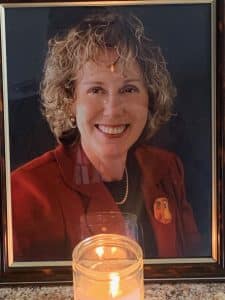 As I listened to the cantor’s beautiful voice, I reflected on what I have learned since losing Jan. Three years ago, I cried uncontrollably every time I thought of her, but today, I can’t even remember the last time I cried about her—the anniversary of her passing had already come and gone without me even realizing it.
As I listened to the cantor’s beautiful voice, I reflected on what I have learned since losing Jan. Three years ago, I cried uncontrollably every time I thought of her, but today, I can’t even remember the last time I cried about her—the anniversary of her passing had already come and gone without me even realizing it.
During my morning walks, I often encounter people struggling with their sorrows. They open up to me as if I am a trusted confidant, pouring their hearts into me. I offer them words of love and concern, and they react like I’ve given them a precious treasure. Your words are so inspiring; they’ve given me hope,” one new friend tells me. When I bump into another walking buddy on my way home, we share stories of our struggles and encourage each other to keep going.
My friend Roger and I carpool to services every week. As we enter the synagogue, the sweet smell of freshly baked challah wafts through the air. Roger lifts the towel off the bread and announces, “It’s matzo!” He cuts the bread and recites the Hamotzi, and we all join in. The Oneg begins, and I chat with Brian, a fellow congregant who has recently lost his brother-in-law. He speaks calmly about his loss and his visit to his sister. I offer him the same comfort and support that I received during my own time of grief. If there’s anything I can do to help, please let me know,” I say, hoping my words can bring him some solace.
Upon my return home, I was greeted by my friend Chris, owner of Ambelis, who was waiting outside his restaurant. I shared with him that it had been three years since my tragedy and expressed gratitude for his support. But Chris gave me all the credit. He said, “Richard, you were the one who kept her memory alive, offered help to everyone you met, and became a better man because of it.” His words made me realize that my journey of self-discovery and growth had made me an inspiration to others. Although I may sometimes question my faith, I knew that my grief experience had taught me invaluable lessons and helped me become the best version of myself.
My Apolytus Moment
Grief is a Great Teacher and Has Helped Me Discover Who I Am!
Estimated reading time: 3 minutes, 24 seconds

